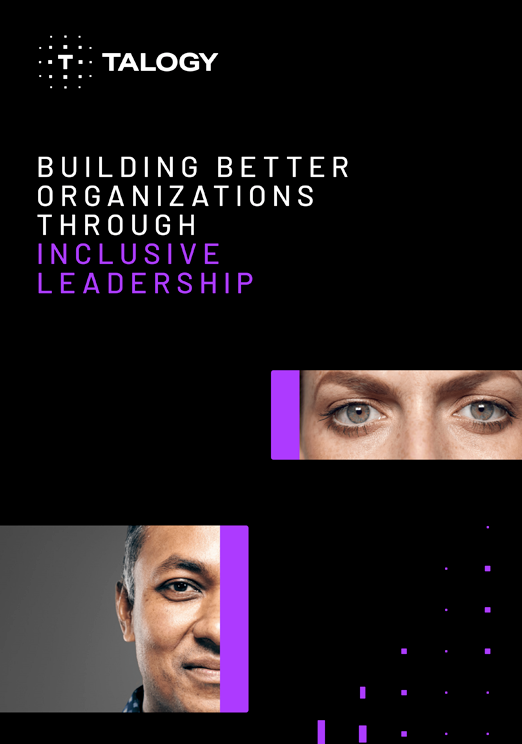I wish we had more hours in the day. We just don’t have the resources. We’ll get to it eventually.
Any of those sound familiar? You’re not alone.
Organizations today are all facing a similar challenge: they simply don’t have the resources available to address every major problem. While demands continue to increase, head counts and resources do not always increase at the same pace.
Meanwhile, always in the background, there’s the additional and critical organizational challenge of continuing to attract, retain, and develop good talent.
As George Brough, VP, Organizational Development Services here at Caliper puts it, “If you don’t have good talent and develop that talent to get even better, your employees won’t be able to deliver on today’s challenges, let alone tomorrow’s challenges.”
So what can businesses do to tackle these issues?
The answer is Action Learning.
“The beauty of Action Learning,” George explains, “is that it addresses and deals with both problems directly. It’s a phenomenally powerful process.”
Action Learning puts a team of diverse employees together to work on a business challenge, problem, or project and leverages that opportunity to develop those people.
The old business model for development went something like this: you would put together a special team, and they would work on a project. Then you might implement some type of leadership or team development program to enhance performance and knowledge.
But companies don’t have that luxury anymore. As George notes, “there’s no more spare bandwidth to send people to training and then hope they will magically be able to apply it when back on the job.”
Moreover, the business landscape has changed. Today, business leaders are using the acronym VUCA to describe the World of Work. Let’s break that down:
V: Volatile
U: Uncertain
C: Complex
A: Ambiguous
Those adjectives do not suggest smooth sailing. Rather, they reflect how tricky it can be to remain competitive and successful.
“Action Learning is the mechanism for dealing with those projects and developing people in that VUCA environment,” George states. “Because what you’re doing is taking a real project that needs to be solved and using it as a vehicle for developing people.”
In the process, you’re not only helping to resolve a pressing issue and develop your talent, you’re also helping with employee retention.
“When you’re developing people, especially millennials,” George explains, “what they want is an opportunity to do new and different things and to learn. That’s what Action Learning does.”
Think you might be ready to take the first step down the Action Learning path?
Setting up and implementing an Action Learning program isn’t any more expensive or cumbersome than traditional models, just different. It requires different skills and processes than a typical develop program would require.
“It’s really a win-win,” George says. “Business leaders get the opportunity to deal with an urgent and important challenge that isn’t being addressed, and HR professionals ensure that the company is developing and retaining the best people.”
Remember those three expressions of frustration from the beginning of the post?
With Action Learning, you’ll use the hours more efficiently, you’ll develop the resources you need, and you’ll get to it today.

